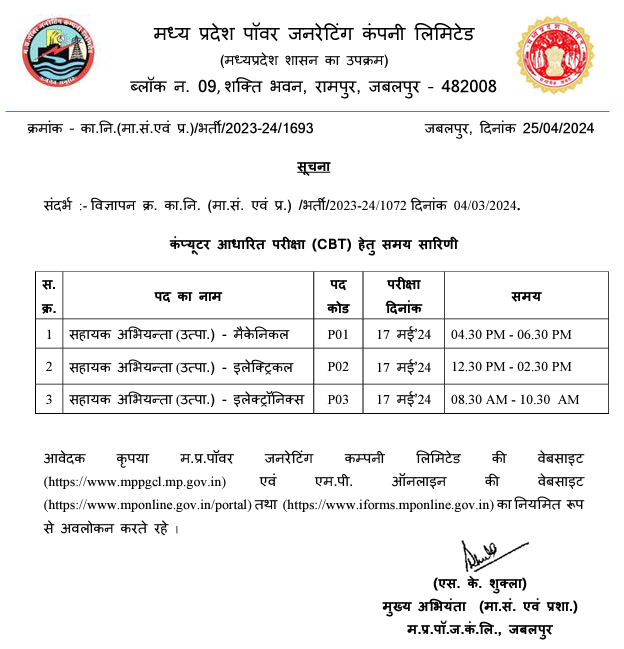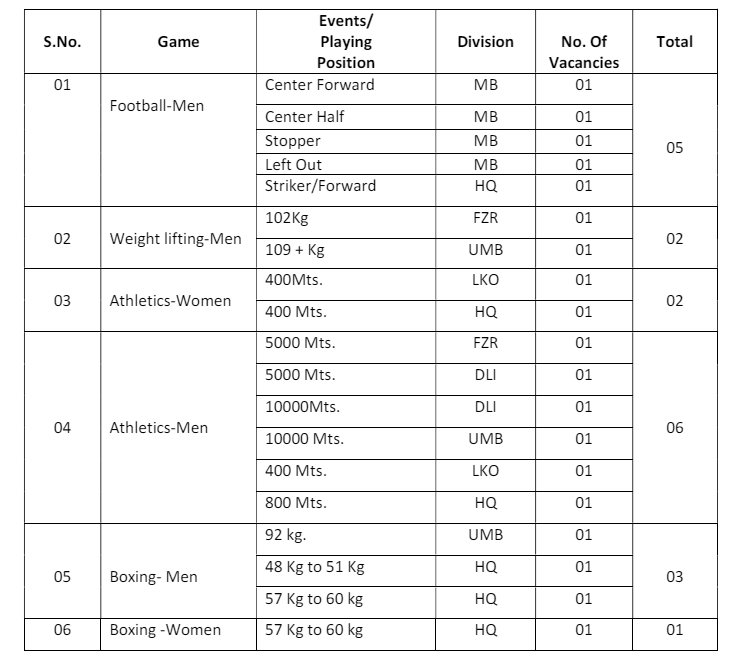Basic Electrical Special MCQ Part 3

Category –EE Online Test
Telegram-Join Us On Telegram
Attempt Free Basic Electrical Special MCQ Part 3 Here. Read The Important Electrical MCQ From Below.
Basic Electrical Special MCQ Part Three
1. The force between two electrically charged objects is called
A. Electromagnetic deflection.
B. Electrostatic force.
C. Magnetic force.
D. Electroscopic force.
Answer-B
2. The change in the direction of a compass needle, when a current-carrying wire is brought near, is
A. Electromagnetic deflection.
B. Electrostatic force.
C. Magnetic force.
D. Electroscopic force.
Answer-A
3. Suppose a certain current in a galvanometer causes the needle to deflect 20 degrees, and then this current is doubled. The needle deflection
A. Will decrease.
B. Will stay the same.
C. Will increase.
D. Will reverse direction.
Answer-C
Basic Electrical Special MCQ Part 3
4. One important advantage of an electrostatic meter is that
A. It measures very small currents.
B. It will handle large currents.
C. It can detect ac voltages.
D. It draws a large current from the source.
Answer-C
5. A thermocouple
A. Gets warm when current flows through it.
B. Is a thin, straight, special wire.
C. Generates dc when exposed to light.
D. Generates ac when heated.
Answer-A
6. One advantage of an electromagnet meter over a permanent-magnet meter is that
A. The electromagnet meter costs much less.
B. The electromagnet meter need not be aligned with the earth’s magnetic field.
C. The permanent-magnet meter has a more sluggish coil.
D. The electromagnet meter is more rugged.
Answer-D
7. An ammeter shunt is useful because
A. It increases meter sensitivity.
B. It makes a meter more physically rugged.
C. It allows for measurement of a wide range of currents.
D. It prevents overheating of the meter.
Answer-C
Basic Electrical Special MCQ Part 3
8. Voltmeters should generally have
A. Large internal resistance.
B. Low internal resistance.
C. Maximum possible sensitivity.
D. Ability to withstand large currents.
Answer-A
9. To measure power-supply voltage being used by a circuit, a voltmeter
A. Is placed in series with the circuit that works from the supply.
B. Is placed between the negative pole of the supply and the circuit working from the supply.
C. Is placed between the positive pole of the supply and the circuit working from the supply.
D. Is placed in parallel with the circuit that works from the supply.
Answer-D
10. Which of the following will not cause a major error in an ohmmeter reading?
A. A small voltage between points under test.
B. A slight change in switchable internal resistance.
C. A small change in the resistance to be measured.
D. A slight error in range switch selection.
Answer-C
Basic Electrical Special MCQ Part 3
11. A wiring diagram would most likely be found in
A. An engineer’s general circuit idea notebook.
B. An advertisement for an electrical device.
C. The service/repair manual for a radio receiver.
D. A procedural flowchart.
Answer-C
12. The main advantage of a FETVM over a conventional voltmeter is the fact that the FETVM
A. Can measure lower voltages.
B. Draws less current from the circuit under test.
C. Can withstand higher voltages safely.
D. Is sensitive to ac as well as to dc.
Answer-C
13. Which of the following is not a function of a fuse?
A. To be sure there is enough current available for an appliance to work right.
B. To make it impossible to use appliances that are too large for a given circuit.
C. To limit the amount of power that a circuit can deliver.
D. To make sure the current is within safe limits.
Answer-A
Basic Electrical Special MCQ Part 3
14. A utility meter’s motor speed works directly from
A. The number of ampere hours being used at the time.
B. The number of watt hours being used at the time.
C. The number of watts being used at the time.
D. The number of kilowatt hours being used at the time.
Answer-C
15. A utility meter’s readout indicates
A. Voltage.
B. Power.
C. Current.
D. Energy.
Answer-D
16. A typical frequency counter
A. Has an analog readout.
B. Is usually accurate to six digits or more.
C. Works by indirectly measuring current.
D. Works by indirectly measuring voltage.
Answer-B
17. A VU meter is never used for measurement of
A. Sound.
B. Decibels.
C. Power.
D. Energy.
Answer-D
Basic Electrical Special MCQ Part 3
18. The meter movement in an illumination meter measures
A. Current.
B. Voltage.
C. Power.
D. Energy.
Answer-A
Basic Electrical Special MCQ Part 3
19. An oscilloscope cannot be used to indicate
A. Frequency.
B. Wave shape.
C. Energy.
D. Peak signal voltage
Answer-C
20. Suppose you double the voltage in a simple dc circuit, and cut the resistance in half. The current will become
A. Four times as great.
B. Twice as great.
C. The same as it was before.
D. Half as great.
Answer-A
Basic Electrical Special MCQ Part 3














